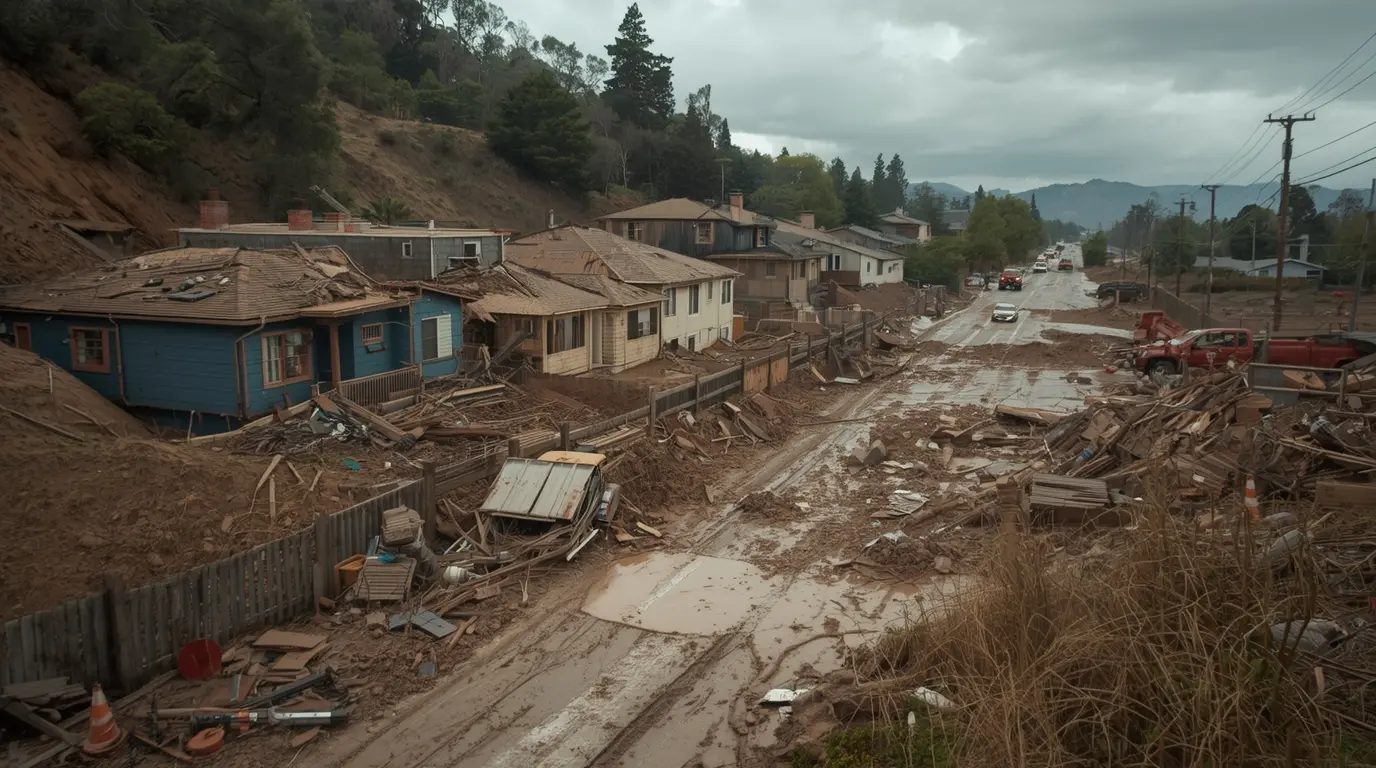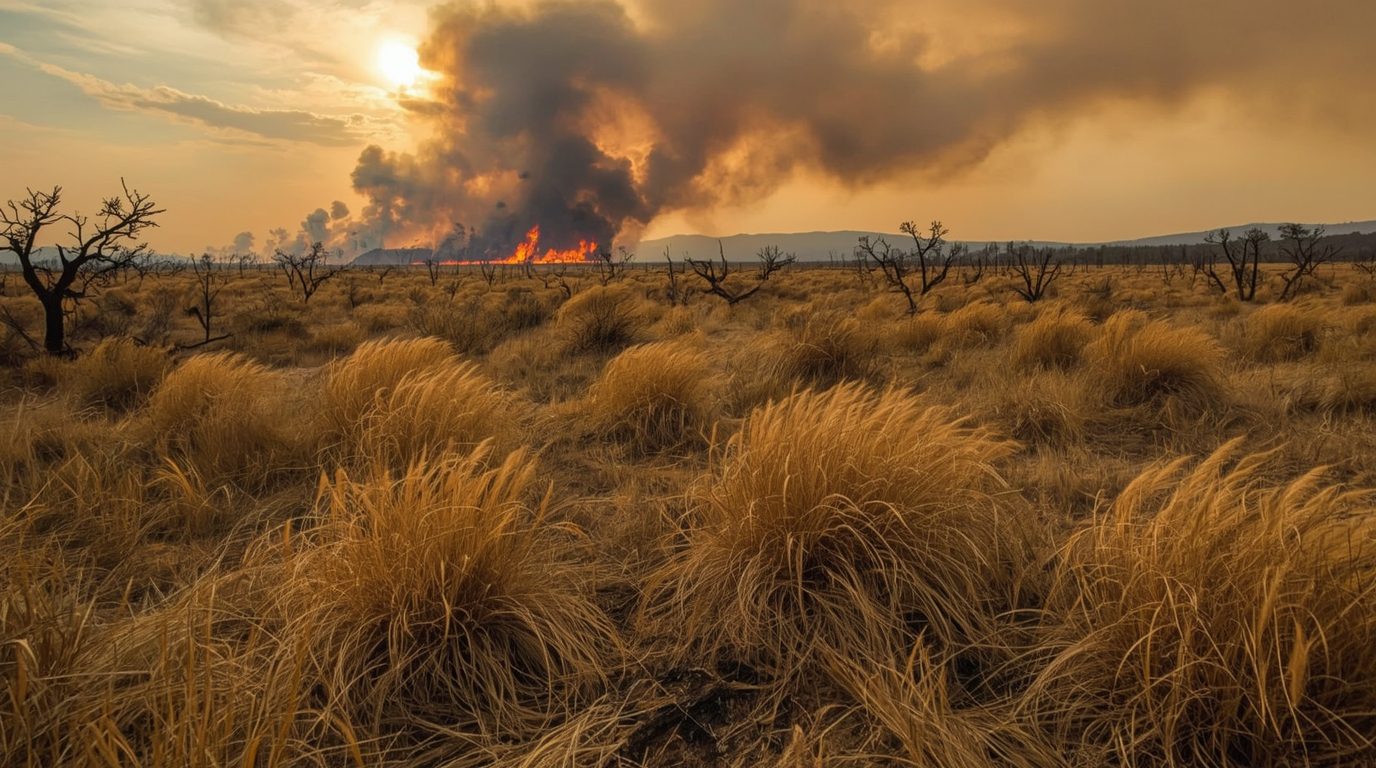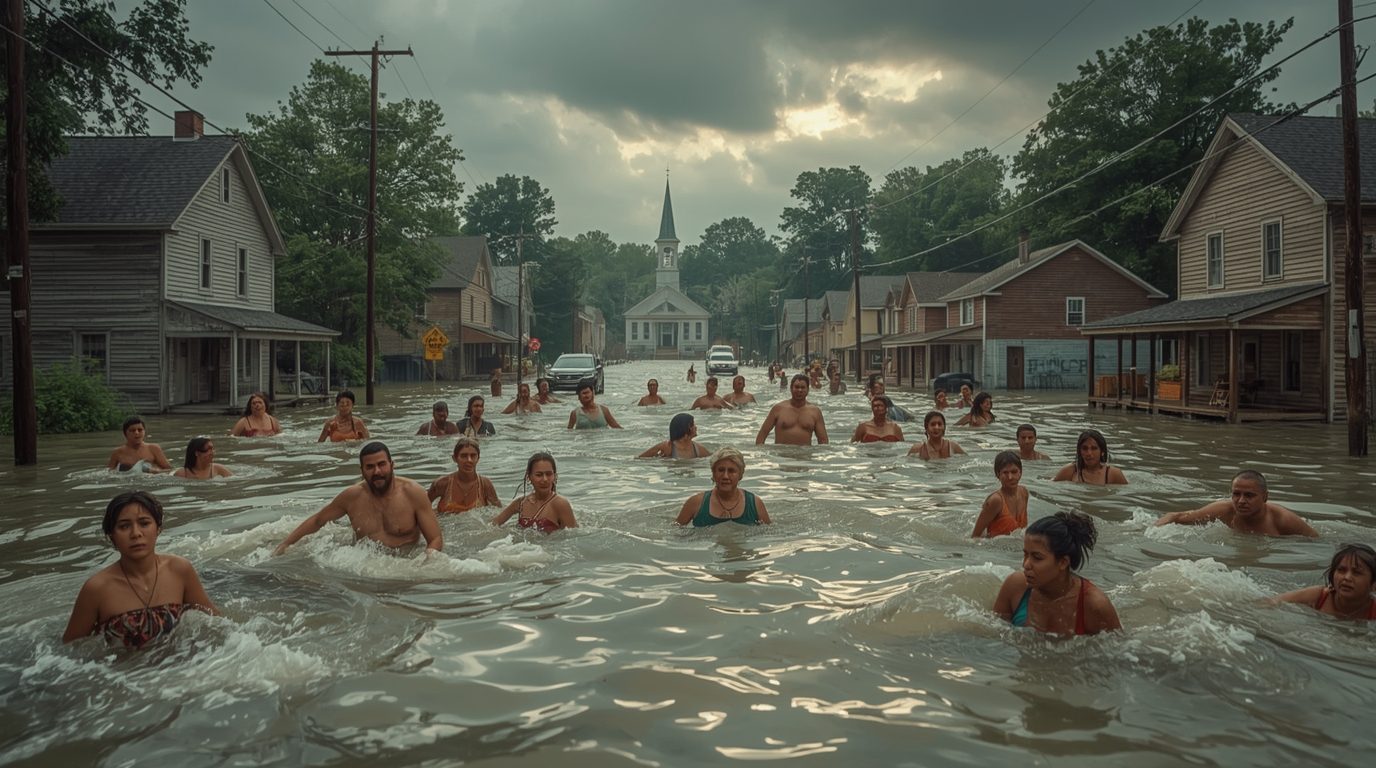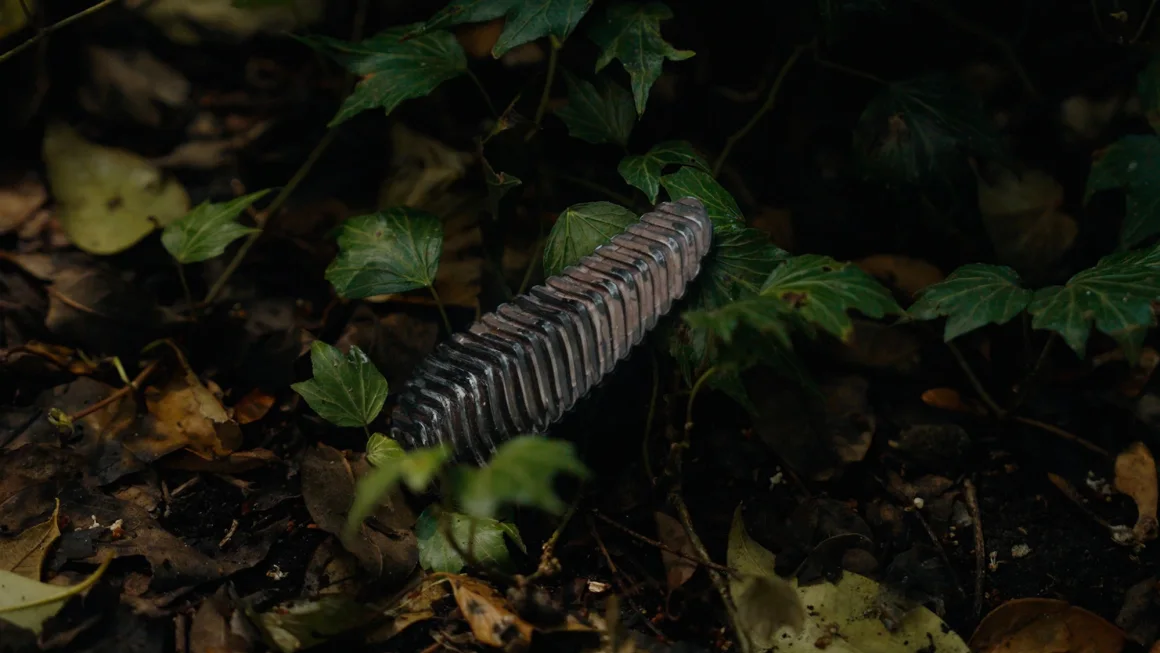Mudslides Ravage Southern California: Widespread Damage Homes, Roads, and Vehicles
On Thursday, Southern California faced severe weather challenges as powerful mudslides and flash flooding swept through the region, leaving a trail of destruction in their wake. Triggered by intense thunderstorms fueled by the remnants of former Tropical Storm Mario, these natural disasters resulted in significant damage homes, blocked roads, and stranded vehicles across San Bernardino County and beyond.
What Happened?
The affected areas — notably Oak Glen, Forest Falls, and Potato Canyon — experienced the brunt of the mudslides and flash flooding. These regions, situated about 80 miles east of Los Angeles, were overwhelmed by rapidly moving debris flows, mud, and water that not only damaged homes but also rendered key transportation routes impassable. The mudslides inflicted severe damage homes and infrastructure, creating hazardous conditions for residents and emergency responders alike.
San Bernardino County Fire officials reported that multiple homes suffered extensive damage homes as thick mud and debris surged through residential neighborhoods. Roads were buried under layers of dirt and rocks, leaving travelers stranded and causing widespread disruptions.
Rescue Efforts Amid the Chaos
One of the most dramatic rescue operations unfolded on Highway 38, where at least ten people across six vehicles were trapped for nearly 10 hours. These individuals were caught off guard as debris blocked the highway in both directions, cutting off escape routes and leaving them isolated. Fortunately, all trapped motorists were safely rescued with no injuries reported.
While no additional motorists were reported stranded as of Friday morning, rescue teams and assessment crews continue to comb through the region, ensuring no further residents are in distress. These teams face the daunting task of navigating damaged roads and unstable terrain as they search for others who might need assistance.
Tragic Loss in Barstow
Despite the heroic rescue efforts, the flooding had tragic consequences. In the city of Barstow, a 2-year-old boy was tragically swept away from his father’s vehicle during the floodwaters. The boy’s body was discovered the next day in the San Bernardino County Flood Control channel, south of the Mojave River.
Officials from the city of Barstow requested privacy for the grieving family during this heartbreaking time. This loss highlights the dangerous and unpredictable nature of the recent weather events and their potential to cause harm, even as many homes remain damaged homes.
Shelter-in-Place Orders and Safety Measures
Due to the rapid onset of the mudslides, many residents in Oak Glen and nearby communities were advised to shelter in place for safety. Fortunately, no injuries were reported in these areas, but the damage homes and property losses are expected to be significant.
Cal Fire’s San Bernardino Unit Public Information Office confirmed that damage assessment teams would be out in full force on Friday to evaluate the extent of damage homes and infrastructure have sustained. The coming days will be critical in determining recovery and rebuilding needs.
Historical Context: The Link to Past Fires
The mudslides in Oak Glen and Forest Falls are not isolated incidents. Both locations suffered similar destructive mudslides in September 2022. Authorities link these recurring mudslides to the 2020 El Dorado wildfire burn scar, which has left the terrain vulnerable to erosion and flash flooding.
The El Dorado fire, ignited by a pyrotechnic device at a gender reveal party, severely burned the vegetation in the area. As a result, rainwater now runs off the scorched earth rapidly instead of being absorbed into the soil. This runoff escalates flash flood risks and contributes to mudslides that damage homes situated on steep slopes and valleys.
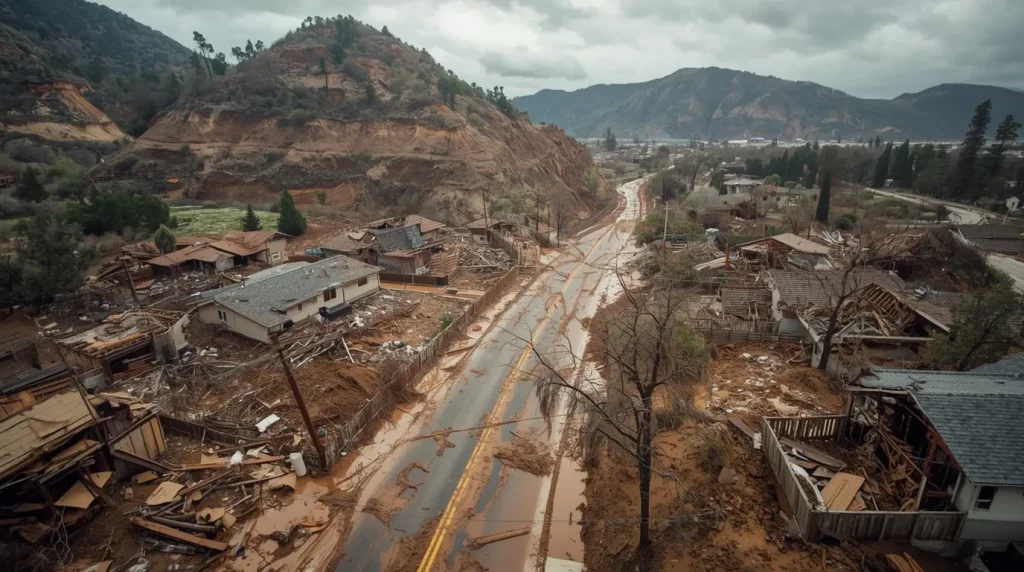
Why Is Damage to Homes So Severe?
The terrain’s steepness combined with fire-scarred land creates a perfect storm for mudslides. When storms bring intense rainfall rates, such as those experienced on Thursday, the risk of flash floods and debris flows increases dramatically. One location near Forest Falls recorded 1.77 inches of rain in just one hour, a significant amount considering Big Bear Lake, nearby in the mountains, averages less than half an inch of rain in September.
These intense rains quickly mobilize loose soil, ash, and debris, sweeping through valleys and communities, damaging homes, blocking roads, and endangering lives.
Impact Beyond San Bernardino
Southern California was not the only area affected by the storm’s remnants. Desert locations in southeast California also saw flooding that covered roads with water and debris. Notably, Death Valley National Park was placed under a flash flood warning early Friday morning. State Route 190 near Furnace Creek became impassable due to debris flows and water accumulation, underscoring the widespread nature of the storm’s impact.
What’s Next?
While the flash flood threat diminished in Southern California by Friday, meteorologists warn that lingering moisture from Tropical Storm Mario’s leftovers could still cause localized flooding in California’s Sierra Nevada and parts of the Desert Southwest. Residents in these areas are advised to stay vigilant and prepared for sudden changes in weather.
The Road to Recovery: Assessing Damage Homes
County officials and fire departments have prioritized damage homes assessments as their first step in recovery. Understanding how many homes have been impacted and the extent of destruction is crucial for allocating resources and providing aid to affected families.
The damage homes caused by these mudslides will likely require significant repair and rebuilding efforts, and support from state and federal agencies may be necessary.
Environmental and Climate Insights
Experts note that events like these mudslides, combined with residual damage from wildfires, exemplify the increasing challenges Southern California faces due to climate change and extreme weather patterns. Burn scars from wildfires alter natural landscapes, making the region more susceptible to sudden and severe mudslides during heavy rains.
Understanding these interlinked factors is vital for future planning and disaster mitigation to reduce damage homes and infrastructure.
Summary: Key Points on Mudslides That Damage Homes
- Severe mudslides and flash floods caused by thunderstorms linked to Tropical Storm Mario swept through Southern California.
- Areas like Oak Glen, Forest Falls, and Potato Canyon suffered heavy damage homes and road blockages.
- At least ten people were rescued after being stranded for hours on Highway 38.
- A 2-year-old boy tragically lost his life in Barstow due to floodwaters.
- The mudslides are connected to the 2020 El Dorado wildfire burn scar, making the terrain vulnerable.
- Intense rainfalls accelerated mudslides, causing rapid runoff and debris flows.
- Assessment teams continue to evaluate the damage homes and plan recovery efforts.
- Flash flood warnings extended into Death Valley and the Desert Southwest.
- Ongoing climate impacts and wildfire scars heighten the risk of future events that damage homes.
Reference Website: https://edition.cnn.com/2025/09/19/weather/southern-california-mudslide-debris-flows-climate
Read More Article theclimatepost.com

